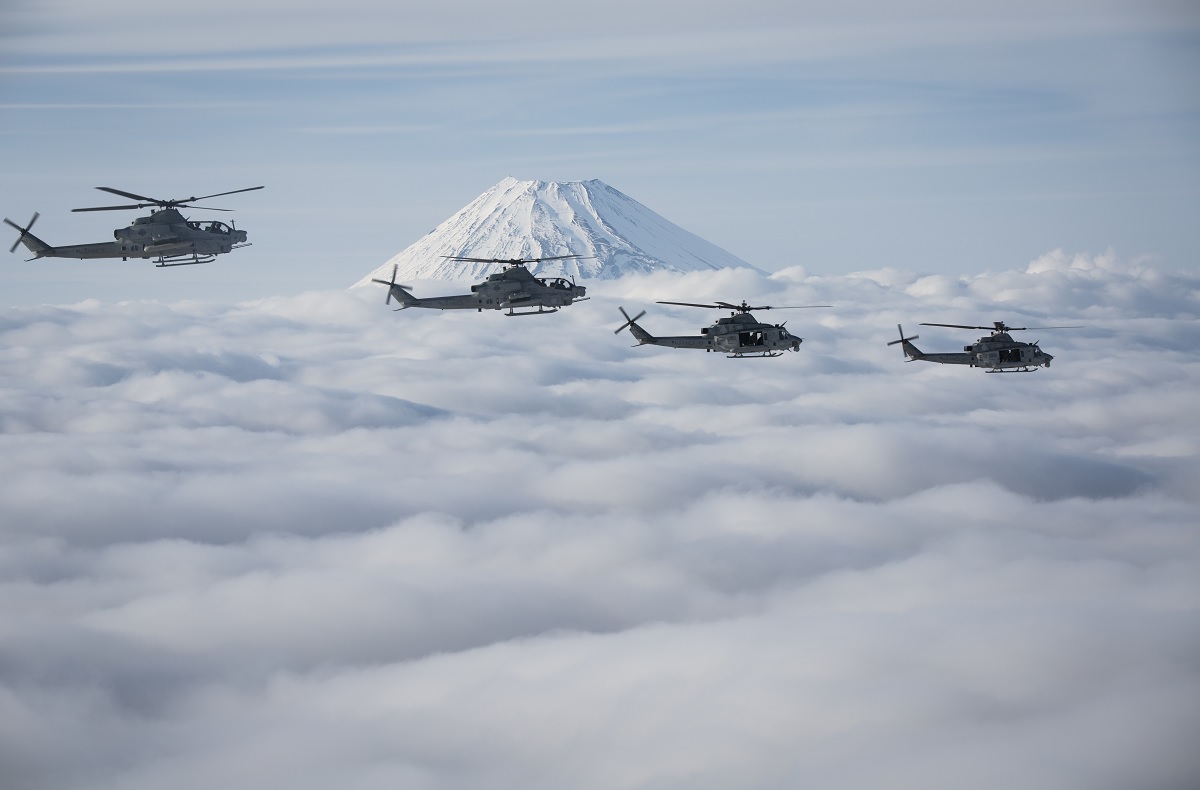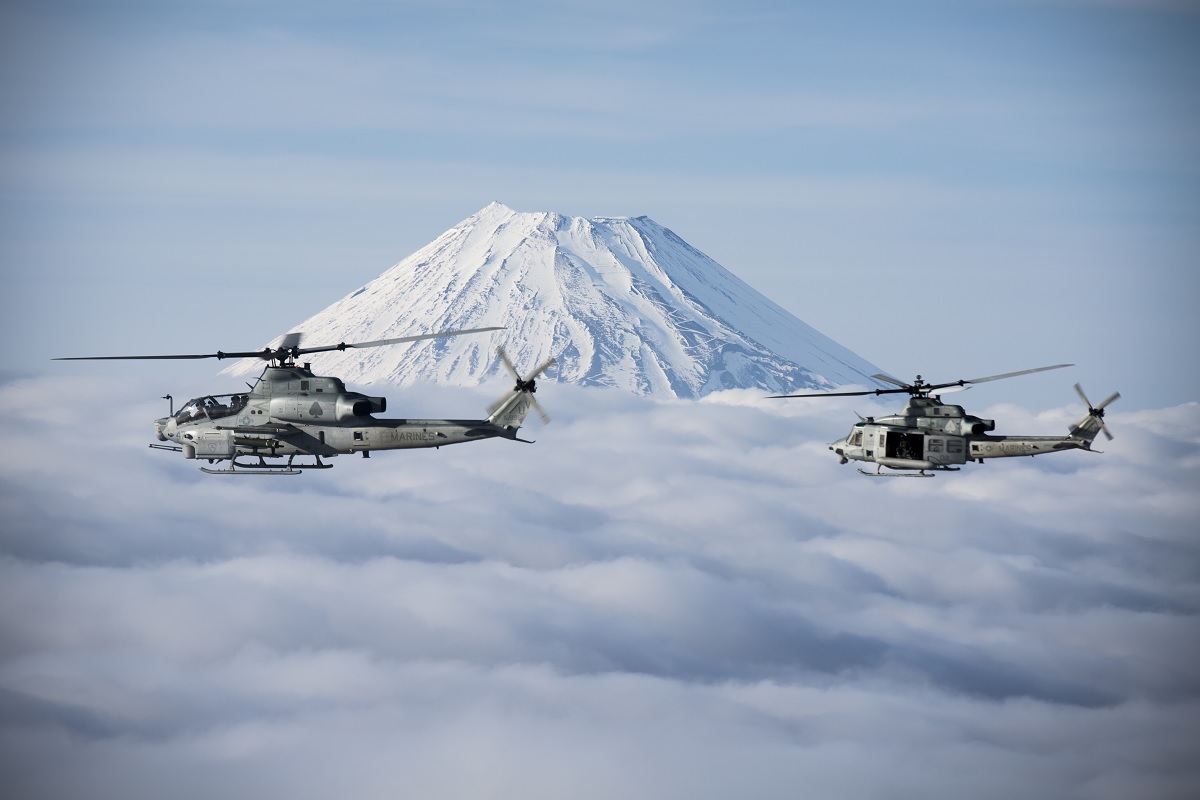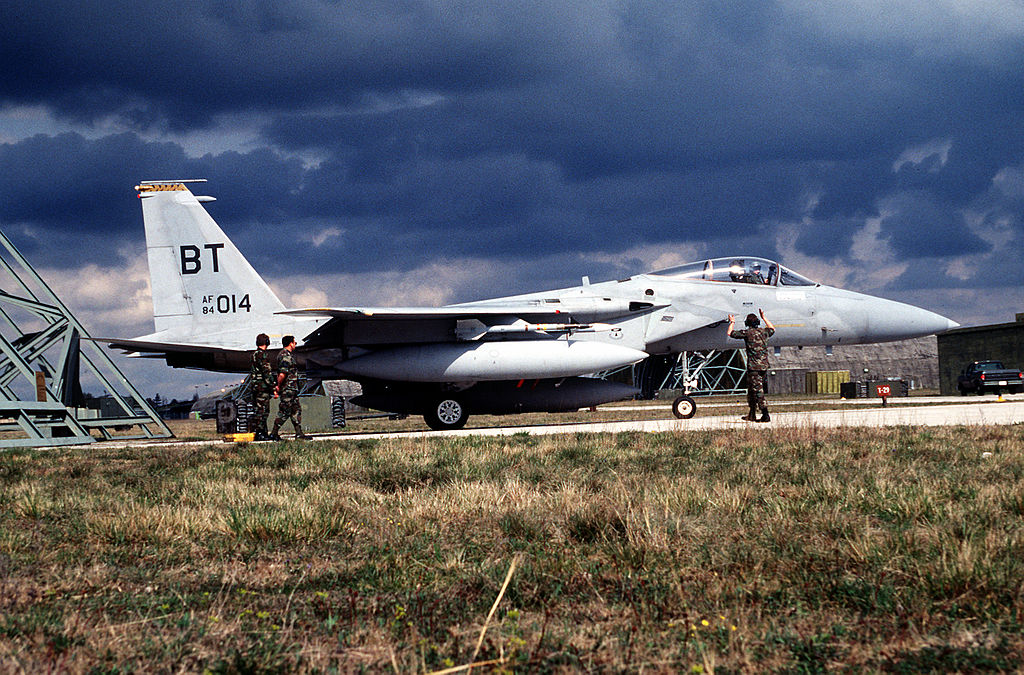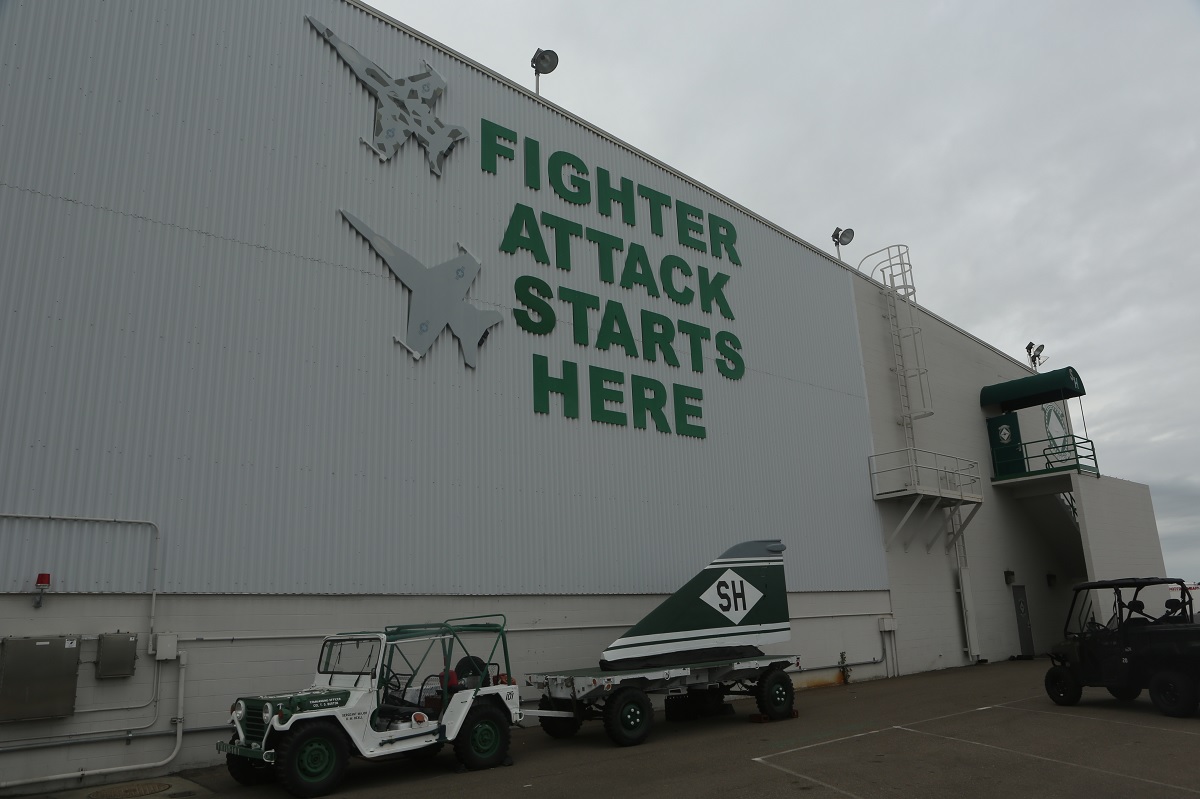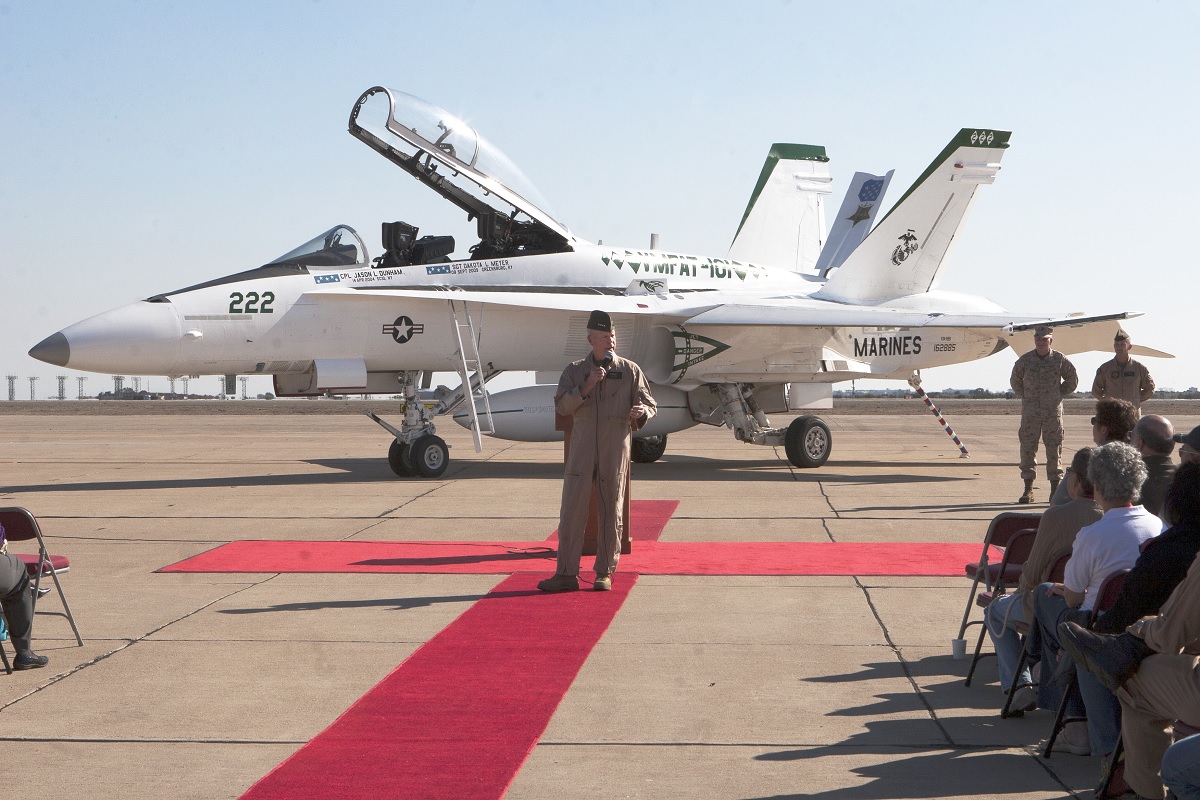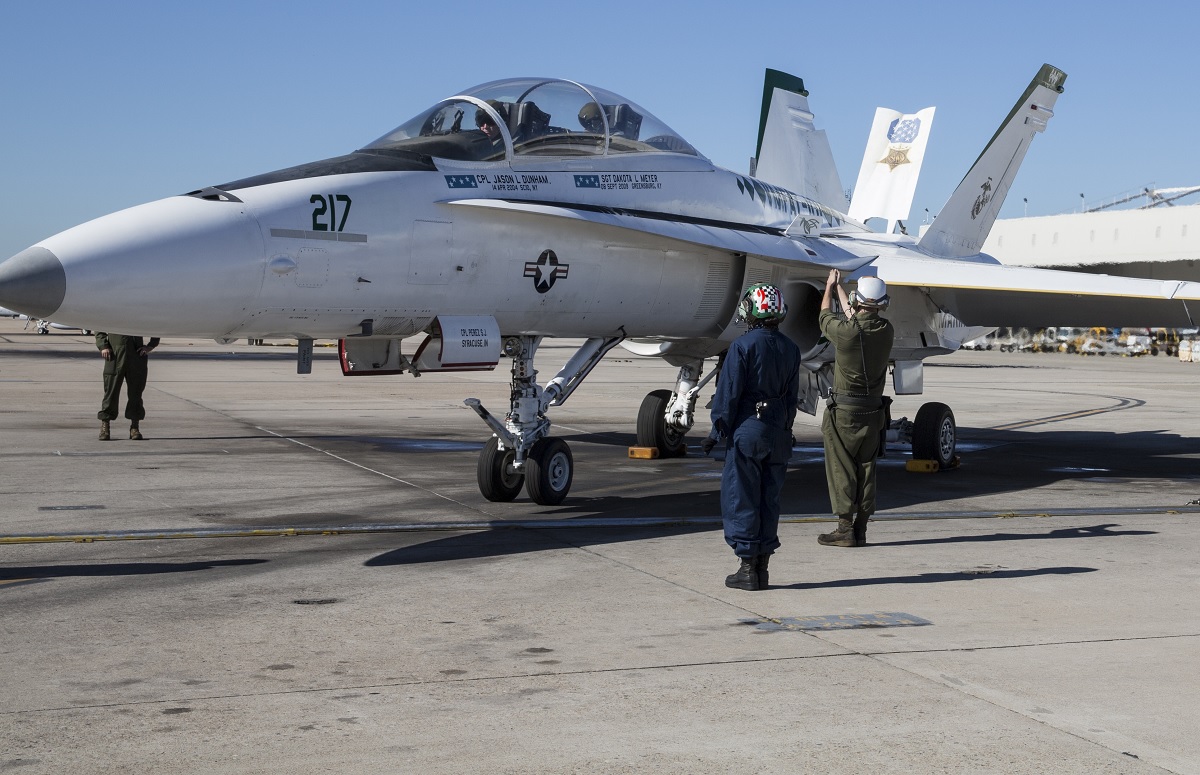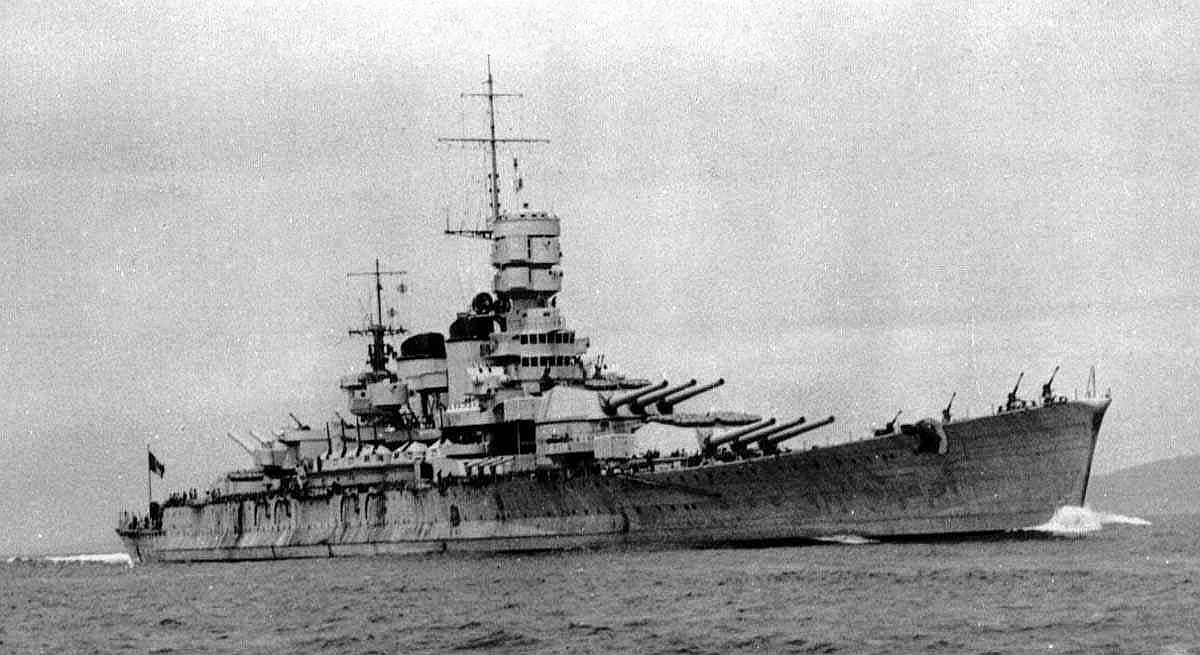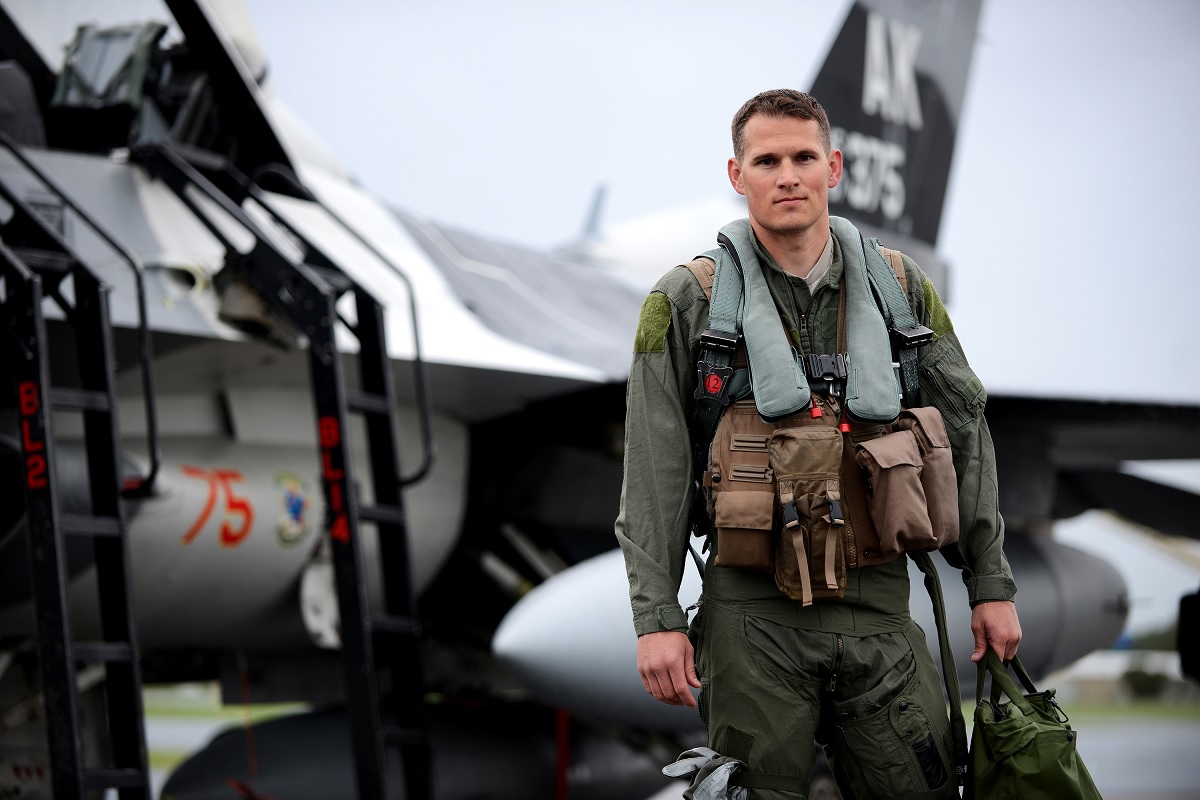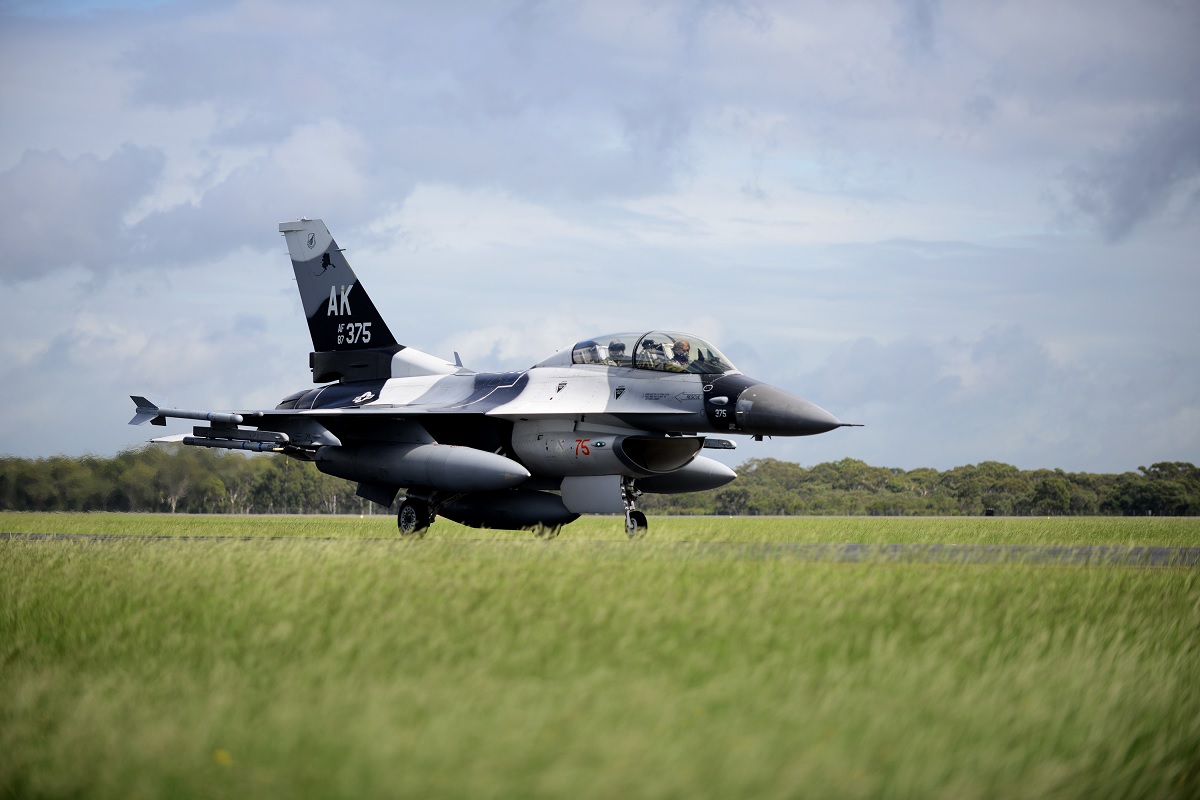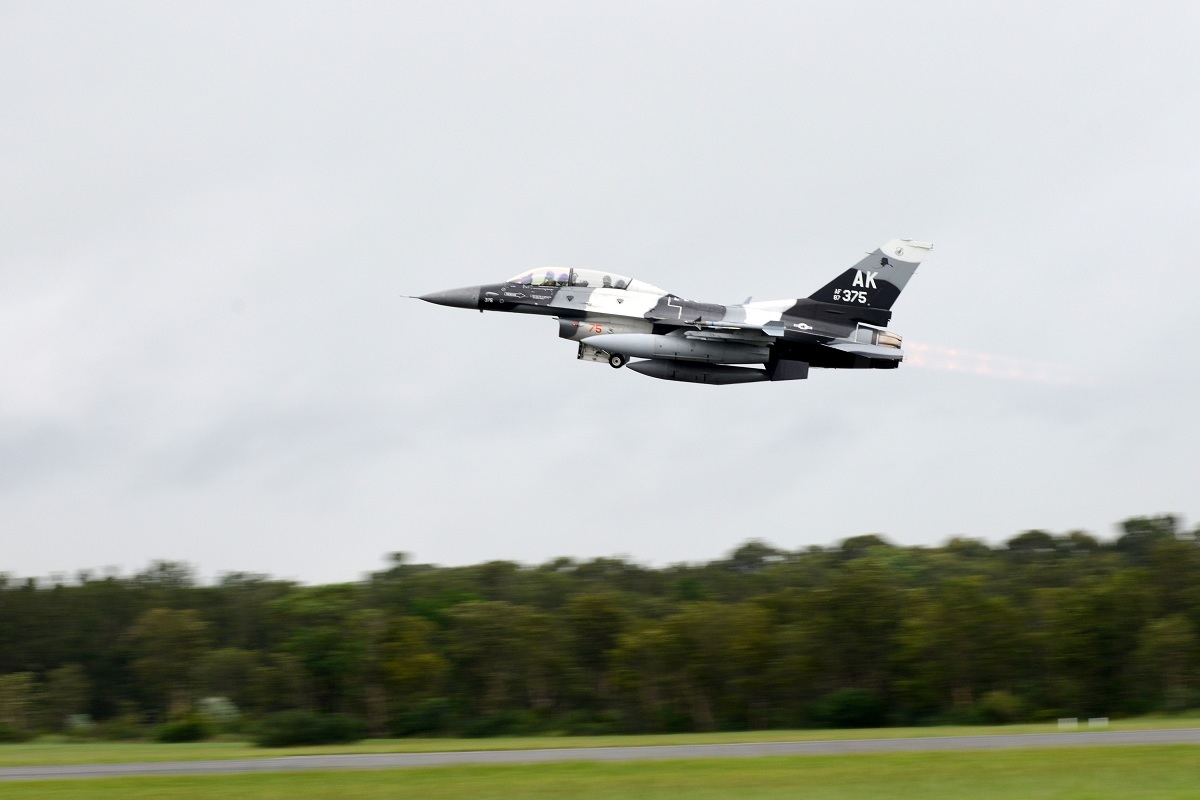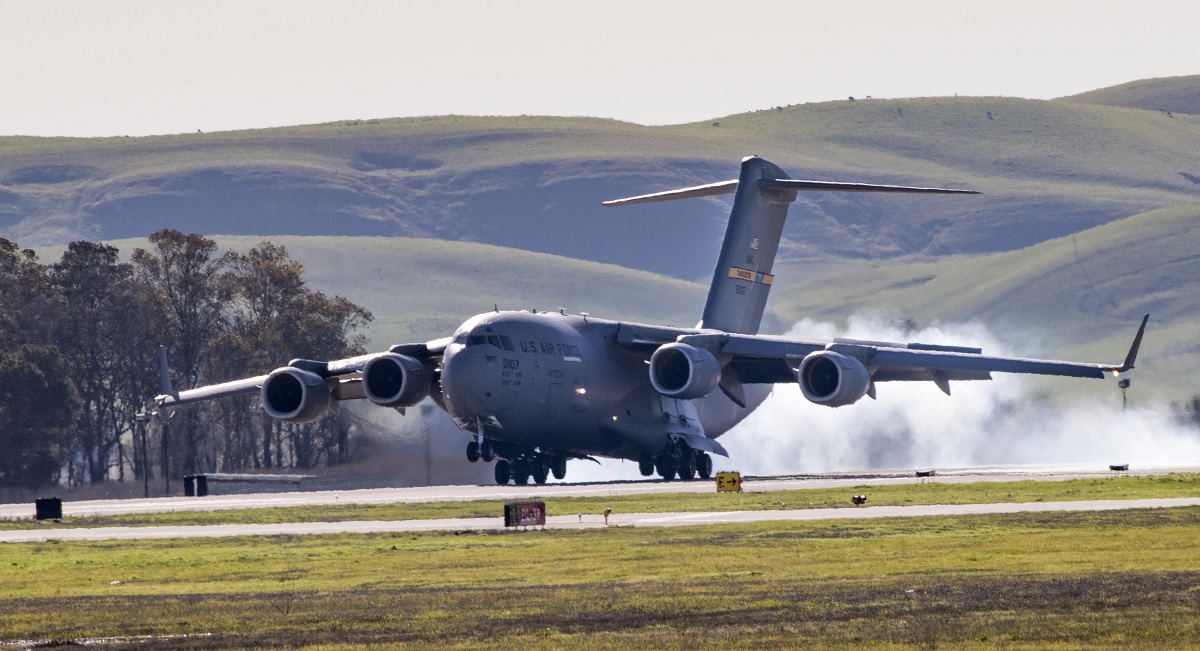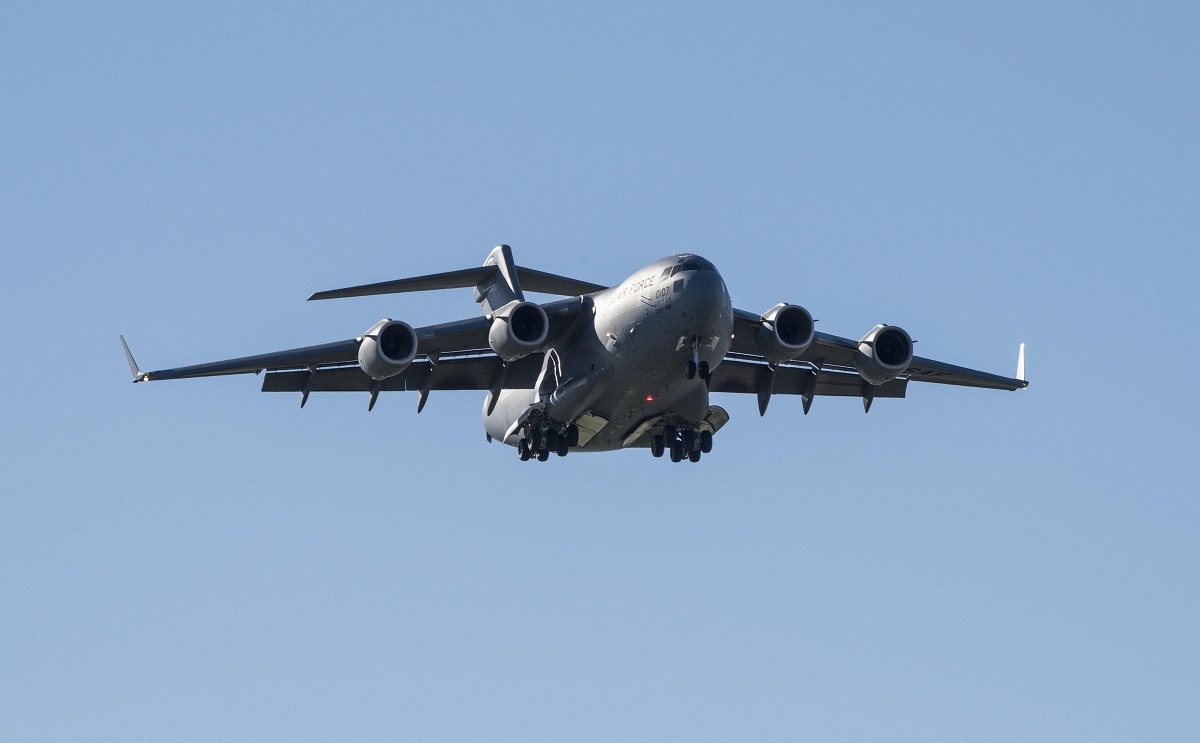The 2017 Atlantic Trident included the RAF Eurofighter Typhoon, the FAF Dassault Rafale, the USAF F-22 Raptor, and the F-35 Lightning II.
After the first trilateral exercise, which took place in 2015, the 1st Fighter Wing (FW) at Joint Base Langley-Eustis (JBLE) staged a second one from April 12 to April 28, 2017.
Through a variety of intricate, simulated adversary scenarios, the exercise known as Atlantic Trident 2017 will train combat aircraft from the U.S. Air Force (USAF), Royal Air Force (RAF), and Armée de l’Air (French Air Force, FAF) to conduct air operations in a highly contested operational environment. The purpose of the exercise, according to Airman 1st Class Anthony Nin Leclerec of the 633rd Air Base Wing Public Affairs, as reported in the article JBLE hosts Atlantic Trident 2017, was to improve interoperability through coordinated coalition aerial campaigns.
“This exercise was designed to encourage the sharing and development of air combat TTPs (tactics, techniques, and procedures) with our French and U.K. partners, against a range of potential threats leveraging U.S. Air Force fifth-generation capabilities,” explained USAF Col. Peter Fesler, 1st FW commander. “This is not only an opportunity to share the capabilities of the aircraft, pilots, and maintainers between our nations, but to build friendship, trust, and confidence that will improve our interoperability as we go forward.”
Notably, this exercise is one of the first to concentrate on greater integration of U.S. Air Force fifth-generation capabilities, despite the fact that several exercises are undertaken with allied and partner nations throughout the world.
A similar exercise was held at Joint Base Langley-Eustis in December 2015, giving some of the most sophisticated jet fighters in the world the chance to compete against one another and improve their ability to work as a team while flying. However, the training with the F-35 Lightning II will make the upcoming exercise very valuable.
The USAF F-22 Raptor and F-35 Lightning II, the RAF Eurofighter Typhoon, and the FAF Dassault Rafale were all present at Atlantic Trident 2017. While the F-22 Raptor and the F-35 Lightning II are considered fifth-generation jet fighters, the RAF Typhoon and the French Rafale are classified as fourth-generation aircraft.
The stealthy qualities of the Raptor and the Lightning II, as well as their capacity to “hoover up,” process, and present massive amounts of data, are the fundamental differences in this generation gap. The pilot can then use this knowledge to strengthen any fourth-generation aircraft that is flying alongside.
The USAF T-38 Talons and F-15E Strike Eagles served as the exercise’s adversary aircraft, while the service’s E-3 Sentry and KC-10 Extender aircraft also offered support.

Source: Royal Air Force; Photo by Senior Airman Kayla Newman / U.S. Air Force




